Canvas Modeling — What is it?
What Canvas Modeling Is
Canvas Modeling is a facilitation format I use frequently. Canvas Models are visual one-page overviews that lay out both what you do (or want to do), and how you go about doing it. They enable structured conversations around management and strategy by laying out the crucial activities and challenges involved with your initiative and how they relate to each other. Canvas Models use design thinking principles to co-create new products and services.
Canvas Modeling was first introduced by Alexander Osterwalder and Yves Pigneur. Their bestseller Business Model Generation where they introduced the Business Model Canvas became a game changer and started the movement from scratch.
Since Alex and Yves placed their idea under Creative Common License, there are nowadays a lot of off-springs used in a huge variety of fields to register problem solutions in general: my own team charter canvas, trust canvas, value proposition canvas, lean stack and lean change canvases to name a few only.
Canvases are a way to map opportunities and failures of your initiative or enterprise. A canvas is both
- a tool for imaging and planning the future of your initiative;
- a tool to describe easily your ideas, plans to others.
A generic canvas model always consists of 9 building blocks only to focus 9 main perspectives of an initiative — a project, an enterprise/business, or a social change (culture, team building, etc.)
One of the major innovations of canvas modeling is the focus first on value creation, customers, and needs-first approach of an initiative.
The prime question a canvas always answers is
"How does my initiative/project/business/enterprise create, deliver and capture value?"
The canvas is a visual representation of
- the strategy you will run
- the products you should offer
- the people you should focus on
- the path and actions you should take
- the resources you should use
to make your ideas as successful as possible.
Rules To Use Canvases
- Template:
- the canvas is a template to be used; print it on A0, A2, or A3 format (free download A0 poster) or use one of the available online formats.
- Don't write on the canvas direct:
- use post-its instead — you can work more intuitively: One idea, one post-it.
- Use different coloured post-it:
- you can visualise different development stages or prioritisations. Besides of status-quo you can depict history and trade-offs of your company.
- KISS 1:
- keep your canvas model as simple as possible: restrain yourself to short descriptions.
- KISS 2:
- Trying to design several models on the same canvas easily gets confusing:
- For each new business model use a separate canvas.
- Use different canvases for different customer segments if appropriate.
- Vizthinking:
- the canvas is a tool for visual thinking. Use product images and symbols instead of words.
- Scaling;
- the method scales easily: create groups of max 10 participants for large group facilitation.
- Working Left-to-right:
- when creating the canvas, start with your customer segments or value proposition, because with the proper tuned mindset it is easier to proceed to left part.
- Online Formats
- use the online formats when working with distributed teams.
Participants
- The group has less than 15 people.
- The group listens actively and attentively.
- Everyone has space to be deeply heard.
When to use Canvas Modeling
- Integrate people to change processes, methods, maps, and planning tools.
- Diversity of players matters.
- Complexity of elements matters.
- To share stories,
- To initiate diverse thinking,
- To hear every voice in collaborative decision making.
- Need to call up the collective intelligence of a group.
- Identify what’s “behind” an issue.
Facilitator Role
- Supports the creative process of each person in the group (listening deeply and appreciatively to each contribution).
- Listens deeply, and creates a space where each participant can be deeply heard.
- Provides empathy, respect, and support for each participant’s contribution.
- Values each participant's contribution.
Canvases I use to do Client Facilitation
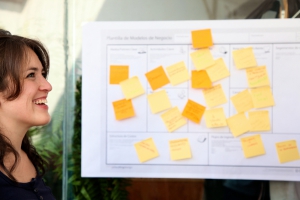
Business Model Canvas — How to Use It
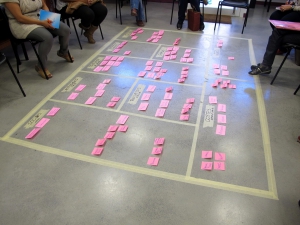
Canvas Modeling — What is it?
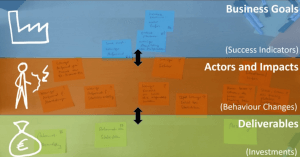
Impact Mapping — How To Use It
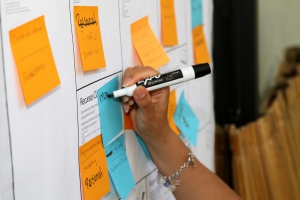
Lean Change Canvas — How to Deliver Change Best
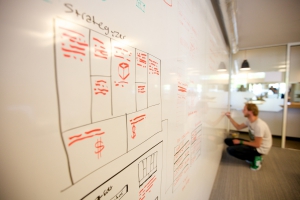
Lean Stack and Lean Canvas — Challenge your Business with Experiments
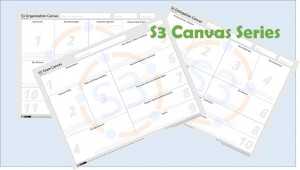
S3 Canvas Series
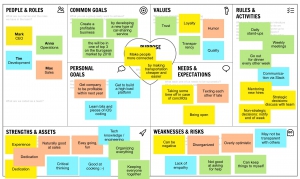
Team Canvas — How to Create Your Team
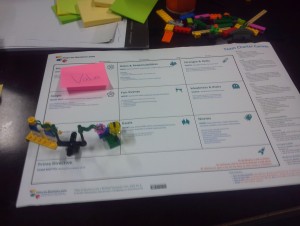
Team Charter Canvas — How to Onboard Your Team Best
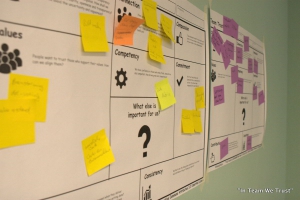
Team Trust Canvas — How to Create Trust in Your Team
Further Reading
- Canvanizer: https://canvanizer.com/
- Blank Canvas.io: https://www.blankcanvas.io/canvases/

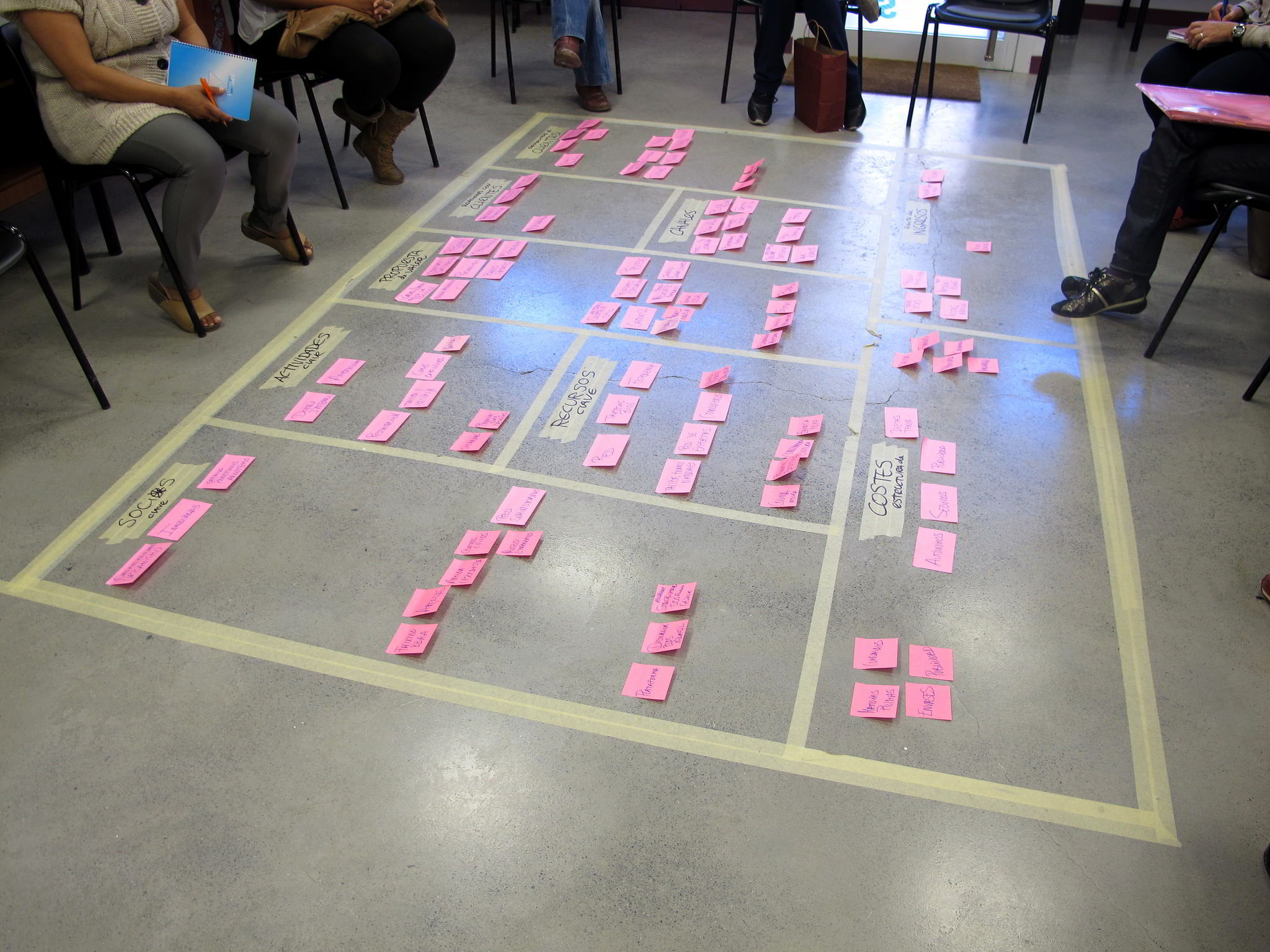
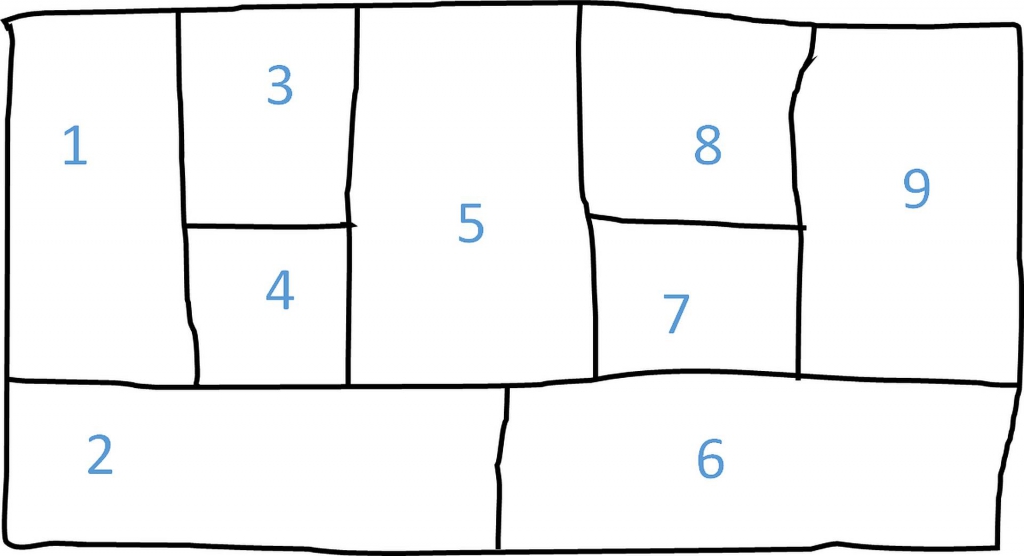

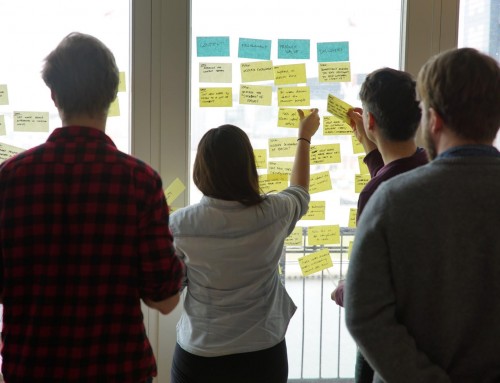



Leave A Comment